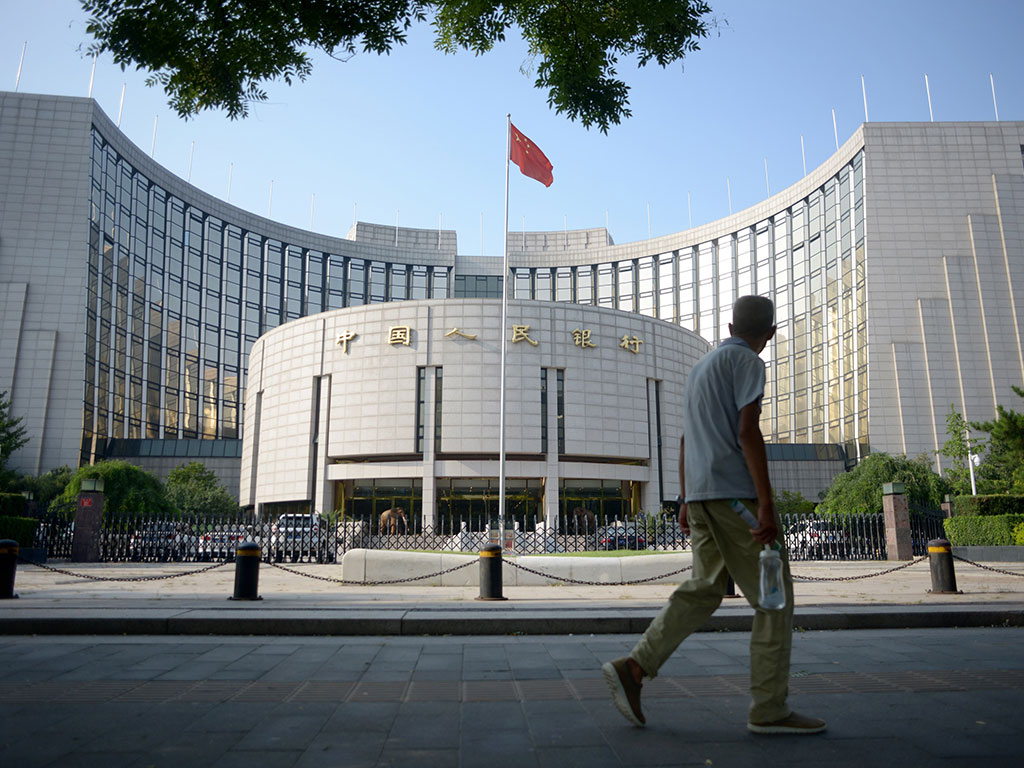
On December 14, the European Bank for Reconstruction and Development (EBRD) approved a request from the Chinese state to become its newest shareholder. The bank’s board of governors now comprises of 65 member countries, as well as the EU and the European Investment Bank.
The EBRD provides finance to businesses, industries and banks, in addition to Policy Reform Dialogue services, in a bid to support growth and help the transition of various states into market economies. Its work now covers over 30 countries in the Eastern Europe, Central Europe, Central Asia and the Mediterranean.
[A] flourish of investment activity is expected for infrastructure projects in over 60 countries in the coming years
“China’s membership of the EBRD will open up significant further opportunities for sustainable investment by Chinese groups in the regions where the EBRD works,” said EBRD president Suma Chakrabarti, according to the bank’s website. The far-reaching institution has also expressed its interest in working closely with the new Asian Infrastructure Investment Bank (AIIB) on joint projects within its regions.
In the application letter for membership, the governor of the People’s Bank of China explained that the EBRD’s activities complemented its own efforts to promote economic connectivity and investment within the areas of its “One Belt, One Road” initiative. Although little is known about the plans of China’s new foreign policy scheme, which has been likened to the Marshall Plan, it covers the historic ‘Silk Road’ band, as well as the Ming Dynasty-inspired ‘maritime road’. With $40bn from China’s Silk Road Fund, in addition to funds from the China-led AIIB, a flourish of investment activity is expected for infrastructure projects in over 60 countries in the coming years.
For China, its membership in the EBRD represents its growing influence as a formidable investment partner in several regions around the world. In stepping in to play a pivotal role in the development of various countries, its voice on the world stage grows stronger with each such move that it makes. China’s formation of the AIIB thus forms a central pillar to this strategy, particularly as it is Asia’s only development bank that has little control from the West, and essentially, is independent from the US. As such, China continues to carve its place as a world superpower, echoing the steps that the US had made in its own rise to the top.

